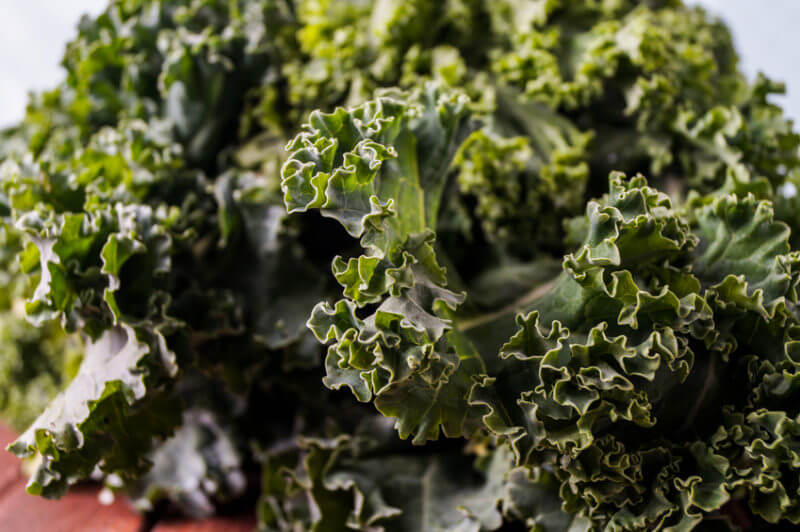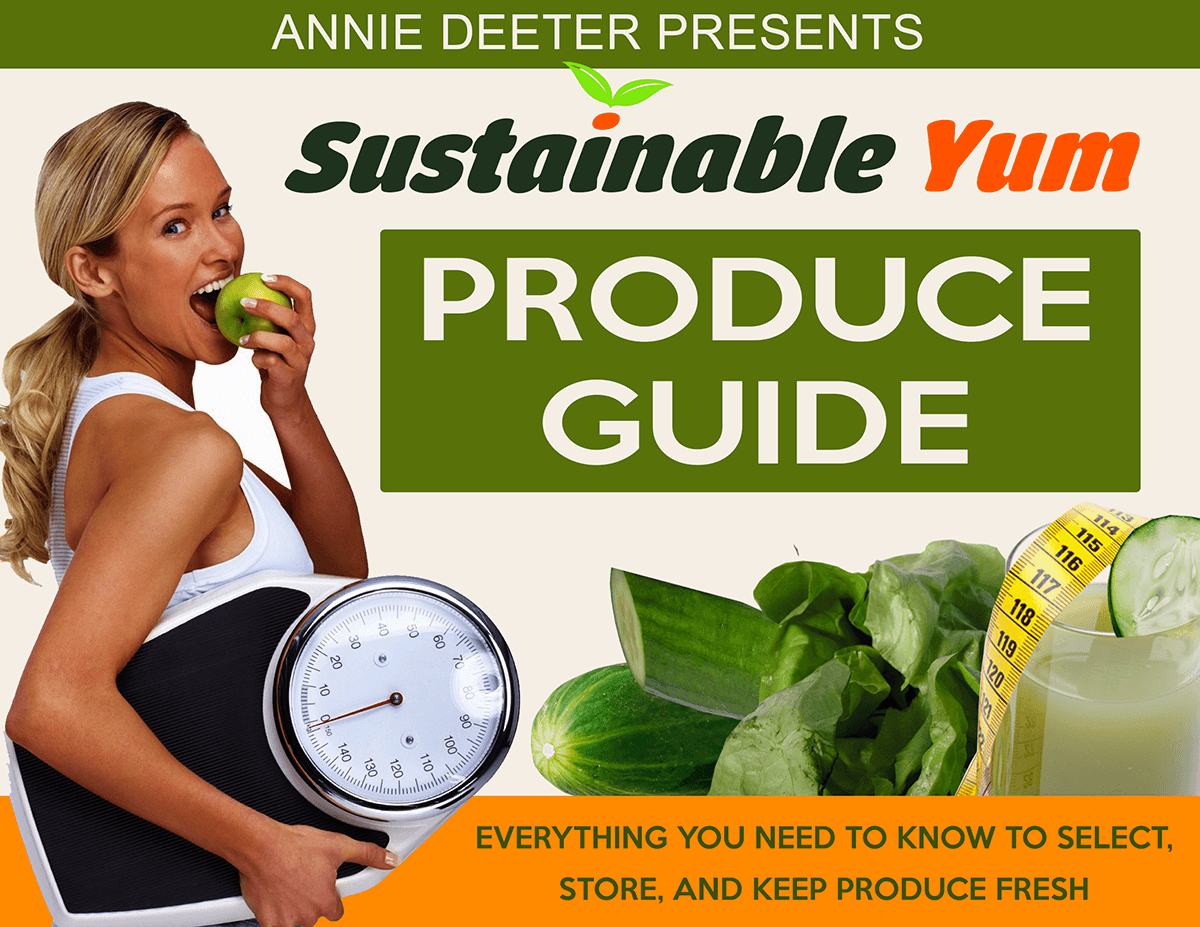In the past couple of years, I’ve noticed that kale has become one of those ‘hot topics’. Everywhere you look, experts, foodies and the whole world, it seems, has fallen in love with kale.
Not that this is bad, kale is definitely worthy of our affection. However, one thing I’ve been dismayed to note along the way in the midst of all the hoopla is a decided lack of information about the one most important fact I think everyone should know when it comes to eating it. That is, it’s a veritable pesticide magnet. It’s one of those tender leafy vegetables that just sucks up the chemicals and delivers them, in large quantities to your body.
Every time I see another article or info-graphic raving about kale I look for, and invariably do not find, any mention of the fact that kale is notorious as a chemical accumulator.
In fact, it’s been on the Environmental Working Group’s Dirty Dozen™ for as long as I can remember.
I don’t remember a list of the dirty dozen that ever didn’t have kale in it.
But kale is only the momentary media darling of the popular press; and it is not by any means the only green which falls into this category.
Spinach and collard greens slide right into this same slot. Hugely healthful, unless sprayed with toxins, in which case they become detrimental to your health.
Go figure. Take a nutrient rich master of the vegetable kingdom and cover it in poison, and voila, it’s no longer such a superstar at health. Rather, it’s a perfect delivery system for poison.
Sometimes I wonder why it is that this seems so hard for the general population to grasp; that if you cover something good with something poisonous by definition (i.e. pesticides, insecticides and/or herbicides) whatever good thing you just poisoned takes on the attributes of those toxins.
It’s sort of like wondering why it’s not okay to drink a glass of water to which diesel fuel has been added.
I mean, how hard is this to understand, exactly?
Well, in the case of your herbaceous leafy greens, it should be very simple to grasp. Look at a kale leaf, or a spinach leaf, or even a collard green leaf. All that fleshy juicy green goodness, just soaking up whatever comes into contact with it.
But that’s only a part of the story. The rest of the story, as Paul Harvey used to say, is that these greens, when grown in under-nourished, depleted soils with commercial chemical fertilizers are really hollow shadows of their organic cousins.
The research into organic, fungi, enzyme and soil microbe rich gardening seems to have been wiped off the face of the earth, for the most part. But it is there and it is very clear.
Plants form complex relationships with soil microbes and fungi which allow them to process the long and medium chain amino acids which give them access to the minerals and essential nutrients vital not only to plant health but to human health as well. When these relationships are destroyed by toxins or fail to exist due to depleted soils, the plants may grow and may even ‘look’ as if they are healthy (chemists figured out long ago that nitrogen, phosphorous and potassium can ‘force’ a plant to perform as if it were healthy) but without any access to the trace minerals and amino acids, the plant will be nutrient deficient.
In fact, Dr. William Albrecht, conducting studies some 60 years ago in the heartland of America discovered that while plants will show an increased growth pattern in these conditions, they will also show a dramatic and alarming loss of nutrition density and value. This means they will be harvestable for a very short period of time, looking great, and then will simply die out, all at once, from a lack of nutrient support in the soil.
Unfortunately for those of us living and eating in the modern world, Dr. Albrecht’s work has been wholeheartedly ignored by the bio-tech and big agriculture industry. But there is hope.
Many small organic farmers are aware of his work, and many more are learning of it. Thanks to a growing movement in the local farming and sustainable food movement, new leaders are emerging to bring this information forward.
For now, it’s enough for those of us who look to our produce to provide health to know that we can achieve that health by eating toxin free organically grown greens.
Resources:
Environmental Working Group’s 2013 Report – The Dirty Dozen and Clean Fifteen:
http://www.ewg.org/foodnews/summary.php
To learn more about Dr. Albrechts work you can visit
http://www.healthyag.com/albrecht.html
http://www.soilandhealth.org/01aglibrary/010120albrecht.usdayrbk/lsom.html
http://www.soilandhealth.org/01aglibrary/010143albpap/010143idx.html




Leave A Comment